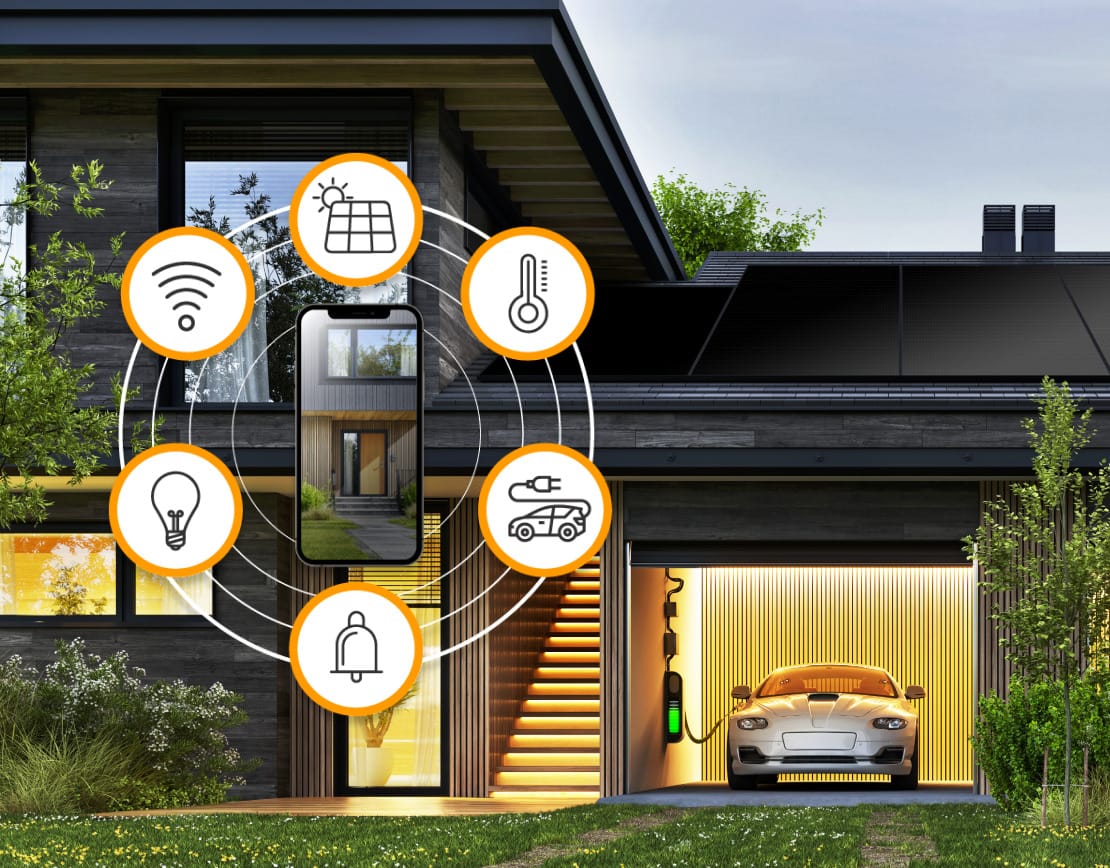Today’s article is a lesson for the solar industry, one that started with a storm and ended with ongoing federal inquiries. Today we’re going to talk about how infrastructure is the secret weapon for successful customer service, and how neglecting your processes can lead to disastrous results. Let’s discuss the recent holiday travel debacle, and see what lessons the solar industry can learn from it.
Tis the Season
Holiday travel is always an exercise in patience, as increased traffic intersects with worsening weather conditions. For those who brave the transit hubs of this great nation in November and December, delays are common, cancellations are expected, and both good fortune and bad luck tend to determine who will make it to their destination. However, this holiday season was different - “once in a generation” winter weather froze much of the northern United States, and flight cancellations seemed to be on the rise as weather conditions became more and more unprecedented.
This is unfortunate for those impacted, but it’s not necessarily a story, nor is it a lesson. The story comes from one particular airline, who seemed to be canceling more flights than any other. As the problem persisted, and more and more people were negatively impacted, the lesson became clear. Because there seems to have been a simple, observable, and addressable solution to the issue at hand, one which could have been implemented if priorities had been different in the months and years leading up to the incident. As you will see, the storm was just the push that toppled the dominoes, but the dominoes themselves were set up well in advance.
Flightpocalypse
So, what happened this winter that turned a common travel issue into a staggering failure on a nationwide scale? In the days following Christmas, Southwest Airlines proceeded to cancel almost 17,000 flights, more than any other airline at the time. Southwest specifically canceled roughly 70% of their flights, compared to the roughly 10% or less canceled by airlines like Delta, United, and American. What became clear throughout the week, as thousands of passengers were left stranded across the country, was that something had gone terribly wrong at Southwest, and stories circulated of state of operational emergency memos and flight crews stranded without places to stay.
Winter weather was the obvious target for Southwest to blame, but upon closer inspection, aging systems seemed the more likely culprit. Many familiar with the scheduling software used by Southwest pointed to it’s internal failings as the source of the spiraling issue, and as the problems compounded, Southwest was unable to dig in and respond to their own plight as their system floundered to function. Once the tipping point began, there was seemingly no solution in sight, and the resulting damages are slated to cost the company hundreds of millions of dollars.
Solar Industry, Listen Up
Here’s where the solar industry, and really any customer service industry, ought to pay close attention. The customers affected by this wave of cancellations were dealing with the breakdown of a system they had no way of seeing or interacting with. These internal processes aren’t the stuff of flashy marketing campaigns, but believe it that your customers will become acutely aware of the success or failure of your systems if they start to impact their experience. There are reports that the systems that failed this holiday season have been in similar trouble as far back as October of 2021, which suggests that there was time to invest in solutions. However, those expenditures were not prioritized, and as a result thousands of customers were impacted over the holiday.
So, the lesson that the solar industry can learn from this is to focus on systems and system integrity. At Simply Solar, we’ve developed proprietary technology to support our teams and enable them to provide the best possible customer experience. We talk about the strength of thoughtful systems all the time, but they can be hard to demonstrate when they work because, well, that’s just business as usual! But as we’ve seen, customers will notice right away if there is a breakdown in your internal processes, and it’s worth investing in tools that enable customer success stories, even if no one ever sees them at work. In the end, good customer systems are a kind of magic trick - pull it off and no one will notice! It’s when the trick falls apart that everything crashes and burns.
If you're interested in a solar installation, and would like to see what it looks like when a company invests heavily in the customer experience, schedule a free consultation with one of our expert solar consultants today!



